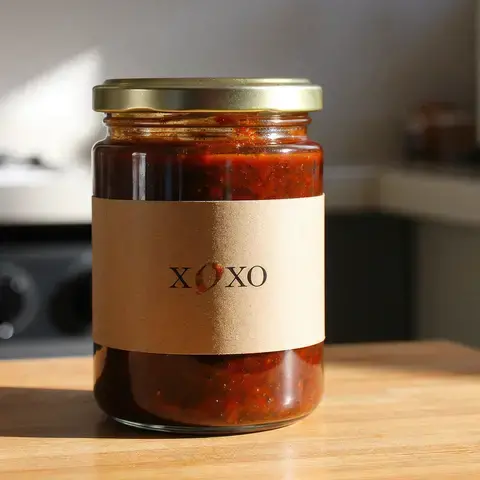Kiki Aranita catches up with Jason Hammel to talk a quarter of a century of a Chicago Institution.
My perfectly round, over easy egg splayed upon a bed of farro was adorned with a pinch of shaved shallots and an artistic scattering of feathery dill and lavender dill blossoms. A trout scramble plate was arranged with the same care, as well as the plate of housemade noodles topped with a tiny avalanche of shaved cheese, a triumphant poached egg, and nasturtium petals spaced two inches apart. The vibrant plates that arrived in front of me, in succession, were an exercise in controlled, thoughtfully seasonal decadence. This miniature parade took place on a sunny summer day before this year’s James Beard Awards. I was catching up with a former food writing student at Chicago’s Lula Café. We were both enchanted. Every seat in the restaurant was occupied. The farmer’s market a few steps from its front doors was bustling. The sum of all these pieces was magic.
I was stunned to find out the following day, as Lula Café won the JBF Award for Outstanding Hospitality to deafening applause, that the restaurant was coming up on its 25th anniversary. How does a restaurant maintain its magic for a quarter of a century? How does it feel so current, so relevant, and exude such an easygoing grace after all this time?
Back home in DC, I called up Lula Café’s chef and owner, Jason Hammel, to inquire about the restaurant’s history and see what else he had on the horizon. The answer to the latter, which I’ll address first, is: a lot.
“We’re opening a new space around the corner from Lula,” Hammel began. “It’s a little sister project called Loulou, which will be a creative, multifunctional space for pop-ups and interesting chef talks. There will be performances, cookbook dinners, a small retail component for art.” Loulou will be a natural extension of the Lula brand, and be devoted to fostering creativity in the community, balancing the original Lula’s now-entrenchment in serving its diners as a restaurant. “My wife and I are artists first and cooks second or even third,” said Hammel, referring to his musician partner and Lula co-founder, Amalea Tshilds. “Lula used to be full of these events and we’d have music regularly and charity events, but the restaurant is too busy to do that stuff. And we really miss it. [Loulou] will be an opportunity to deepen your experience between food, life, and culture. And that’s what I want to do with my time now—investigate what it means to live a life through food and hospitality.”
















